Phytoremediation as a technique to recover contaminated water ecosystems
(Edited)
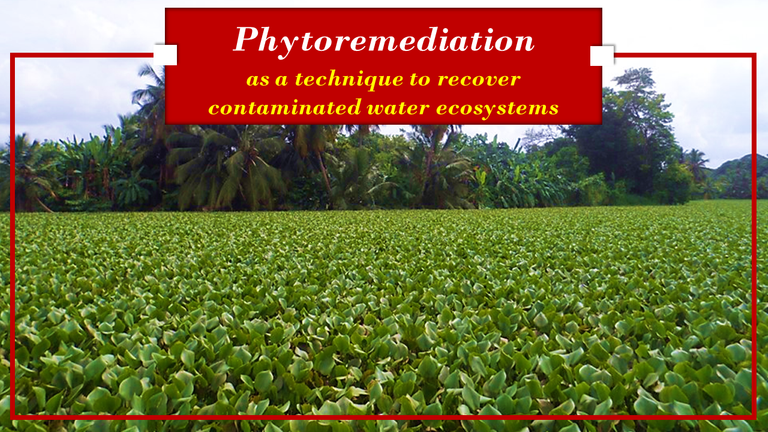
Greetings to all users of the #Hive platform, especially to the friends of the @STEMsocial community, in this entry I will present descriptive content related to phytoremediation as a technique to recover polluted water ecosystems, this due to the serious problem of pollution that crosses water ecosystems, mainly by accumulation of nutrients, heavy metals, and excessive proliferation of aquatic biomass in both natural and artificial wetlands, product of the discharge of contaminated wastewater from domestic, industrial, agricultural and livestock, causing serious problems of socio-economic and environmental.
Introduction
The incorporation of nutrients and heavy metals into water ecosystems, either through wastewater discharges or through the excess of mineral elements produced by agricultural and livestock activities, has led to a continuous deterioration of surface and groundwater quality on a global scale.
These nutrients and heavy metals have been classified as pollutants because they often enter the water through surface runoff associated with conventional agricultural activities, where considerable amounts of synthetic fertilizers and other agrochemicals are applied, creating chemical and biological imbalances in the aquatic environment.
With regard to livestock production, mainly cattle and buffalo, play an important role in the discharge of mineral elements and heavy metals, which are found in the organic matter generated in these production units and are added to these wetlands causing imbalance and in most cases chemical toxicity.
Contamination of water ecosystems
The pollution of most water bodies is caused by high concentrations of nutrients and heavy metals, which is alarming because of the problems this causes to ecosystems and human health worldwide. It is known that these problems persist because of inefficient treatment of industrial and agricultural water, which constantly contributes to the spread of organic and inorganic pollutants.
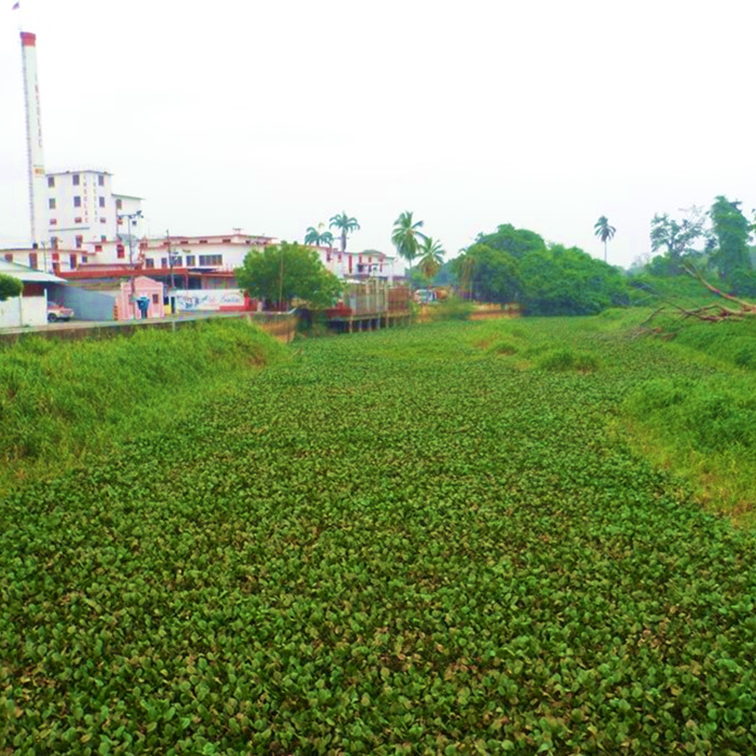
Fig. 2 The excessive proliferation of plant species in aquatic ecosystems is due to the presence of high amounts of nutrients. Author: @lupafilotaxia.
Main heavy metal pollutants
Aluminum
Among the heavy metals found in wetlands, we can name aluminum (Al), considered the most abundant metal, this element causes adverse health effects when exposed to high levels (100 mg/m3).

Fig. 3 Aluminum causes adverse effects on aquatic fauna. Author: @lupafilotaxia.
Cadmium
Cadmium (Cd), another metal that enters water bodies through various natural and anthropogenic sources such as fertilization with phosphate and nitrogen products, is also found in manure defecated by animals that have consumed phosphate foods. It has been reported that cadmium has chronic health effects, particularly on the kidneys, bones, and lungs, and causes neurotoxic, teratogenic, and endocrine disrupting effects.
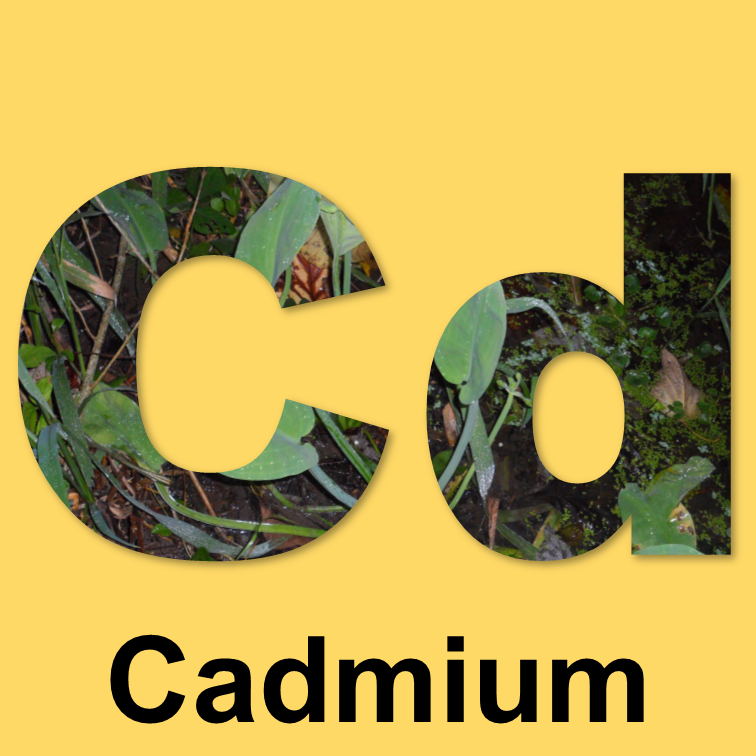
Fig. 4 Cadmium often causes neurotoxic effects. Author: @lupafilotaxia.
Copper
Another of the heavy metals present in the wetlands is copper (Cu), it is found in many different forms, such as free ion in dissolved state, or as soluble complexes with organic or inorganic compounds, this metal has great affinity with organic matter, within the main sources of anthropogenic income of copper to the different bodies of water, come from the agricultural activity, through the application of agrochemicals to control phytosanitary problems in crops, in addition to the application of different types of organic waste and discharges of livestock manure.
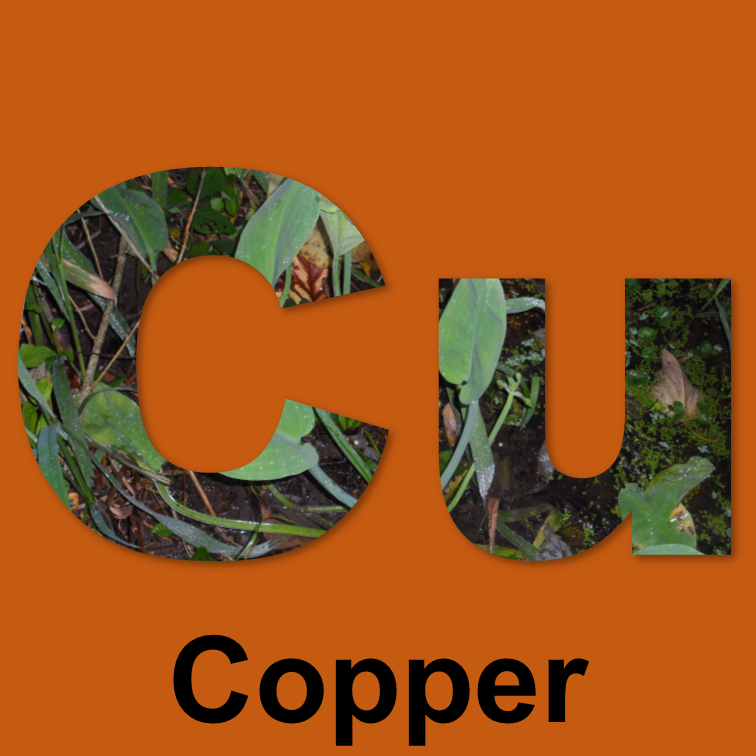
Fig. 5 Copper has great affinity with organic matter. Author: @lupafilotaxia.
Mercury
Mercury (Hg) is also released into rivers, lakes and other water sources through anthropogenic processes. In the particular case of Venezuela, the Caroní River basin has been suffering from excessive gold and silver exploitation for more than a decade, with an alarming percentage of informal mining, which does not rigorously contemplate the environmental control standards required by this activity..

Fig. 6 Mercury is often released into water ecosystems through mining activity. Author: @lupafilotaxia.
Nickel
Another metal present in wetlands is nickel (Ni), whose concentration in aquatic environments has increased considerably, mainly due to mining, the burning of inorganic and organic waste and the discharge of industrial and municipal waste.
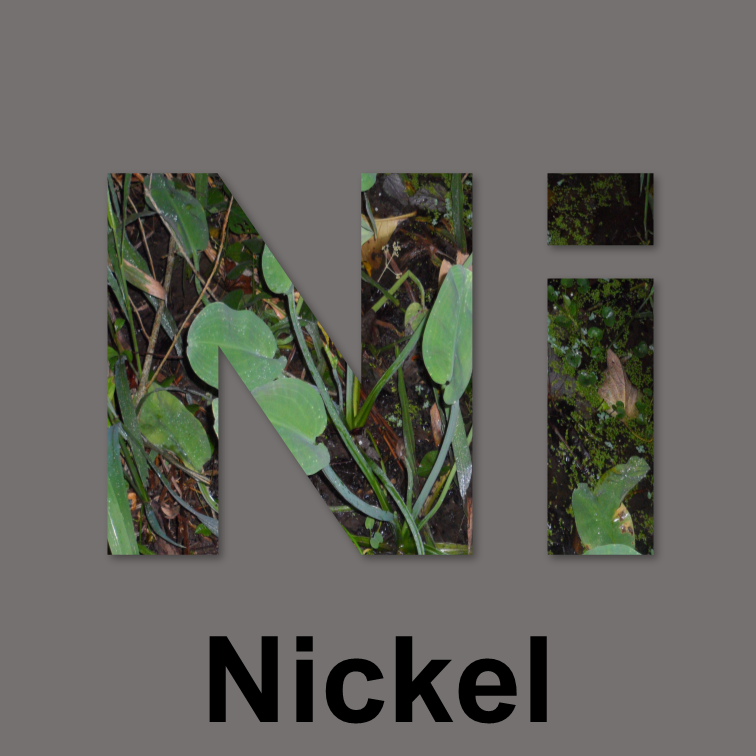
Fig. 7 Nickel generally reaches hydraulic ecosystems through industrial and municipal waste discharges. Author: @lupafilotaxia.
Lead
Lead (Pb), is also a metal present in water bodies, is known to have entered as a result of oil activity, gasoline and its concentrations of Pb, is the main source of pollution due to the irrational use of industrial processes, combustion of solid waste and agricultural.

Fig. 8 Lead enters water ecosystems as a result of oil activity. Author: @lupafilotaxia.
Techniques used in the decontamination of water ecosystems
It is important to point out, that the increasing concentrations of nutrients and heavy metals, is related to the scarce activities of elimination of these toxic elements, either by oxidation, reduction, chemical precipitation, filtration, electrochemical treatment, evaporation among others, on the one hand these conventional practices have been stopped because of their high operational costs and taking into account that these metals are not biodegradable, has opted to develop new technologies more friendly to the environment, namely:
Bioremediation
Bioremediation is the most widely used technique to purify contaminated soil and water bodies, using the metabolic potential of microorganisms, such as bacteria, fungi and yeasts, in order to degrade and transform organic contaminants into simpler compounds that are little or not at all polluting. One of the most common cases is the transformation of hydrocarbons into water and carbon dioxide.
Phytoremediation
This phytotechnology, takes advantage of the removal capacity of certain aquatic macrophytes to absorb, accumulate, metabolize, mineralize and transform pollutants present not only in the water of rivers, lakes, lagoons, drainage channels, but also decontaminate the soil and air.
Phytoremediation has become the technique par excellence to eliminate heavy metals in contaminated water bodies. On the one hand, it is easy to apply and of low operational cost, it is only necessary to use species of aquatic macrophytes and generate favorable conditions for their proliferation.
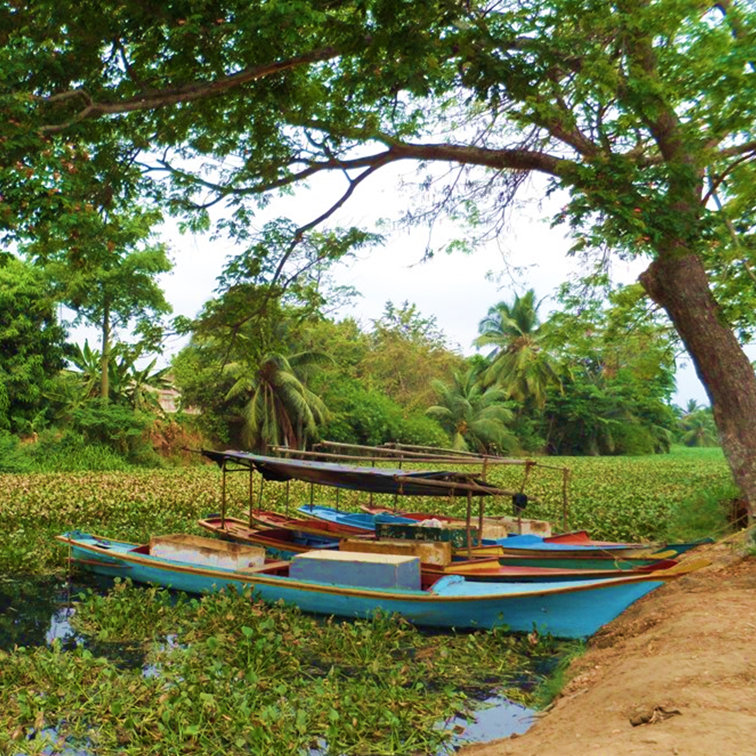
Fig. 9 The proliferation of aquatic biomass in fisheries ecosystems. Author: @lupafilotaxia.
Phytoremediation as a method to remove heavy metals in water ecosystems
Some aquatic plant species, such as Eichhornia crassipes and materials of the family Lemnaceae, such as Lemna gibba and Lemna minor, have been evaluated under controlled conditions in order to know their phytoremediation capacity of certain heavy metals, and it has been found that the species L. minor presents more efficient in removing Ni than E. crassipes when it is exposed to low concentrations, which demonstrates that this aquatic macrophytes can be used for the phytoremediation of waters contaminated with this metal.
It has also been evaluated, the effect of photoperiod in the removal of Pb by Lemna gibba and in its growth rate, the results reveal that the photoperiod favors the absorption of Pb in this aquatic species. It has also been determined the phytoremediation capacity as an alternative in the remediation of mercury-contaminated waters, being found a considerable efficiency of this species to remove Hg from the water at 30% Hg. Another important data is that the concentrations of nitrogen and phosphorus present in the vegetative structures of this aquatic macrophyte are not affected by the levels of mercury.
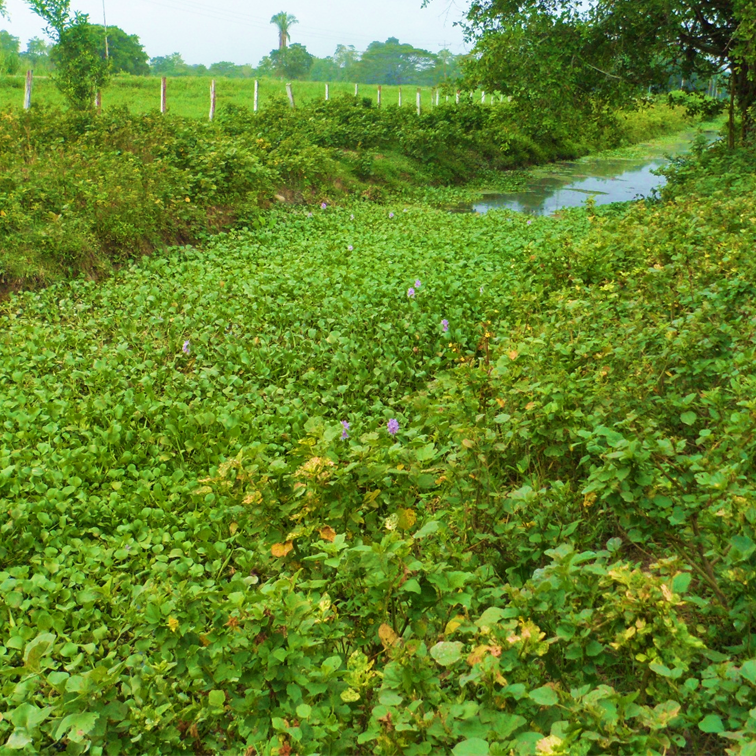
Fig. 10 Aquatic plant species have the ability to transform pollutants present in agricultural drainage channels. Author: @lupafilotaxia.
The aquatic macrophytes, Pistia stratiotes, Lemna spp., Potamogeton pectinatus, Salvinia, Myriophyllum spicatum, Vallisneria spirallis, Hydrilla, Azolla and Phragmites australis, can absorb heavy metals in large quantities, therefore, this phytoremediation capacity is only a biological ability, which can be used to improve water quality through the accumulation of toxic elements in the root systems of these aquatic species.
CONTRIBUTIONS OF THIS PUBLICATION
- This capacity to hyperaccumulate nutrients and heavy metals, make these aquatic plant species, potential organisms for research, especially for the treatment of industrial effluents and wastewater, hence, the biomasses of these aquatic plants are considered as biological resources of great utility phytoremediation, therefore, they can be used for the development of bioabsorbent materials of heavy metals.
BIBLIOGRAPHICAL REFERENCES CONSULTED AND CITED:
[1] Fletcher J., Willby N., Oliver D., and Quilliam R. Phytoremediation Using Aquatic Plants. Phytoremediation. 2020; 205 - 260. Article: Online access
[2] Pérez P., y Azcona M. Los efectos del cadmio en la salud. Revista de Especialidades Médico-Quirúrgicas. 2012; 17; 3: 199 - 205. Article: Online access
[3] Kumar N., Soni H., and Bhatt I. Macrophytes in Phytoremediation of Heavy Metal Contaminated Water and Sediments in Pariyej Community Reserve, Gujarat, India. Turkish Journal of Fisheries and Aquatic Sciences. 2008; 8: 193 - 200. Article: Online access
[4] Bres P., Crespo D., Rizzo P., y La Rossa, R. Capacidad de las macrofitas Lemna minor y Eichhornia crassipes para eliminar el níquel. 2012; 38; 2: 153 - 157. Article: Online access
[5] Edache O., and Blessing M. Phytoremediation potentials of water Hyacinth. Eichhornia Crassipes (mart.) Solms in crude oil polluted water. J. Appl. Sci. Environ. Manage. 2013; 17; 4: 503 – 507. Article: Online access
[6] Miranda M., y Quiroz A. Efecto del fotoperiodo en la remoción de plomo por Lemna gibba L. (Lemnaceae). Polibotánica. 2013; 36: 1405 - 2768. Article: Online access
[7] Bunluesin S., Kruatrachue M., Pokethitiyook P., Upatham S., and Lanza, G. Batch and Continuous Packed Column Studies of Cadmium Biosorption by Hydrilla verticillata Biomass. Journal of Bioscience and Bioengineering. 2007; 103; 6: 509 – 513. Article: Online access
ATTENTION
Readers and followers
If you wish to read more scientific articles in English or Spanish, of excellent academic quality, do not hesitate to visit #STEMSocial and #STEM-espanol, communities that promote scientific content mainly in the areas of Science, Technology, Engineering and Mathematics.
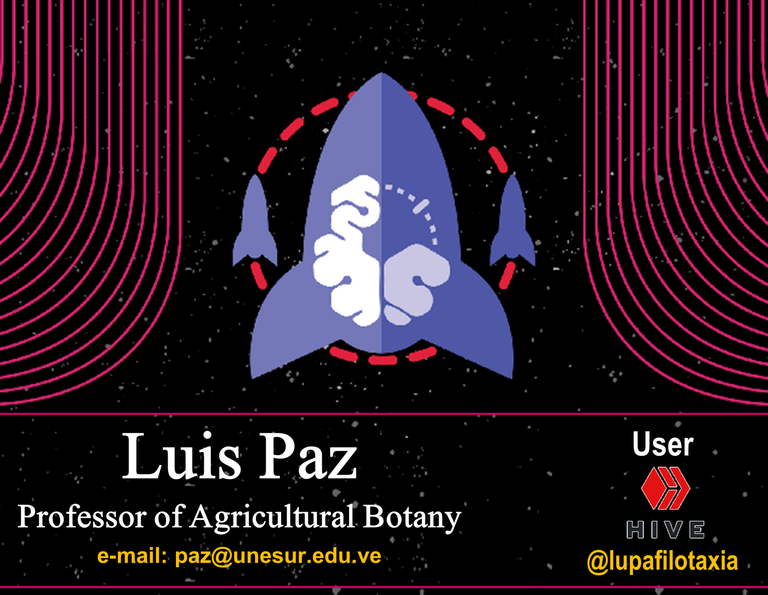
0
0
0.000
#Posh Twitter:
https://twitter.com/lupafilotaxia/status/1347993323689172999
Agreed, very interesting article. I wasn't aware of the positive effects of many of the plant species you had mentioned.
Greetings @robingreig
Thanks for visiting the blog, the plant species mentioned, mostly belong to the category of Aquatic Macrophytes, catalogued as excellent extractors of nutrients and heavy metals. Kind regards, we keep reading.
Hi @lupafilotaxia,
Another great article. Wonderful information, good news in a week of dreadful events (in the U.S.).
How long does the process of phytoremediation take? I'm imagining that contamination may be of long duration or may be the result of a single catastrophic event. I'm imagining a 'natural' cleanup would take a while.
Thanks for this great information.
Greetings friend @agmoore
I have read something, about the delicate events in the United States, it is certainly terrible what is happening to them the scenario does not project well at all.
In relation to the consultation you make, I must indicate that there is no standard time or lapse, because to reach the process of phytostabilization, multiple variables intervene, namely: level of contamination of the water ecosystem, soil-climate conditions, phenological cycles and the removal capacity of the aquatic plant species. However, there are reports that indicate that the time in natural conditions to see positive results is located between 2 and 5 years, and the necessary period to phytostabilize and reach the phytostabilization is between 5 and 10 years.
Thank you for that information. It is still hopeful for our environment. At least there is a way back. It would be better of course, to avoid contamination in the first place :)
It's really quite amazing what plants, and indeed some bacteria, can do to clean up pollution. They really are an undervalued resource.
@tipu curate
Upvoted 👌 (Mana: 0/22) Liquid rewards.
Greetings @minismallholding
The Aquatic Macrophytes, are excellent plant species that extract nutrients and heavy metals, are a gift from Mother Nature. Kind regards, we continue reading. Thank you for your support.
Thanks for your contribution to the STEMsocial community. Feel free to join us on discord to get to know the rest of us!
Please consider supporting our funding proposal, approving our witness (@stem.witness) or delegating to the @stemsocial account (for some ROI).
Please consider using the STEMsocial app app and including @stemsocial as a beneficiary to get a stronger support.
Thank you @STEMsocial team for your support.